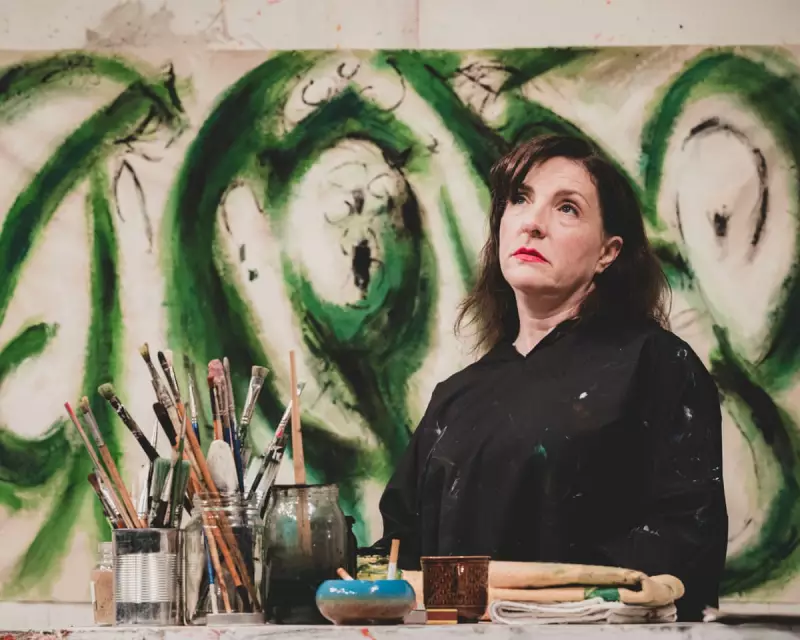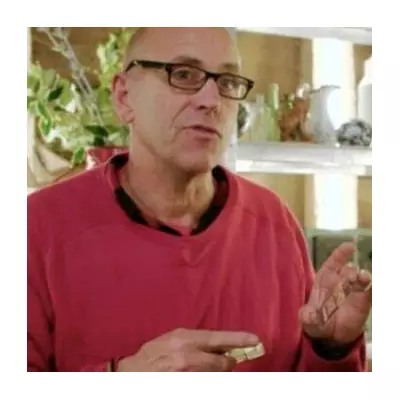
For decades, she was known primarily as "Mrs. Jackson Pollock" - the wife standing in the shadow of art's ultimate wild man. But a revelatory new theatrical production is finally dragging Lee Krasner from the wings and placing her firmly centre stage where she belongs.
The Artist Behind the Legend
Lee, now captivating audiences in London's West End, meticulously dismantles the myth that Krasner was merely the caretaker of Pollock's legacy. Instead, it reveals a formidable artist in her own right, whose sharp critical eye and unwavering dedication were instrumental in shaping the direction of abstract expressionism.
The production doesn't shy away from the complexities of their relationship - the fierce love, the creative tensions, and the devastating impact of Pollock's alcoholism and infidelity. Yet it never reduces Krasner to a victim. Instead, we witness her resilience as she navigates the profoundly sexist art world of mid-century America.
Breaking Through the Male-Dominated Art World
One of the play's most powerful themes explores how Krasner, despite her formidable talent and intellect, found herself consistently overlooked by galleries and critics who couldn't see past her gender. The production highlights the cruel irony that while Pollock became an overnight sensation, Krasner struggled for recognition throughout most of her career.
The staging itself mirrors Krasner's artistic journey, moving between naturalistic scenes of her life with Pollock and more abstract sequences that reflect her creative process. These moments provide breathtaking insight into how she processed personal tragedy and professional frustration through her art.
A Performance of Quiet Intensity
The lead actress delivers a masterclass in subtlety, capturing Krasner's fierce intelligence and the quiet desperation of an artist fighting to be seen. We feel the weight of every compromise, the sting of every dismissal, and the burning need to create that sustained her through personal and professional hardships.
Particularly moving are the scenes following Pollock's tragic death, where we see Krasner not just as the grieving widow, but as an artist reborn. The production suggests that only in widowhood could she fully step out of his shadow and claim her rightful place in art history.
More Than Just an Artist's Wife
- Rediscovering a lost genius: The play serves as a long-overdue correction to art history
- Feminist reclaiming: Positions Krasner as a pioneer who challenged the art establishment
- Creative partnership: Explores how two artistic visions influenced each other
- Legacy restored: Shows how Krasner's work has finally gained recognition
What makes Lee particularly timely is how it resonates with contemporary conversations about whose stories get told and whose art gets remembered. The production arrives at a moment when the art world is finally reckoning with its historical exclusion of women and other marginalised voices.
This isn't just a biography - it's a powerful statement about artistic value, gender politics, and the complex nature of creative relationships. The play leaves audiences with a profound appreciation for Krasner's endurance and a troubling question: how many other artistic giants have we overlooked because they didn't fit the preferred narrative?
For anyone interested in art history, feminist reclaiming, or simply magnificent storytelling, Lee is essential viewing. It does what great theatre should - it changes how you see the world, or in this case, how you see art history itself.





